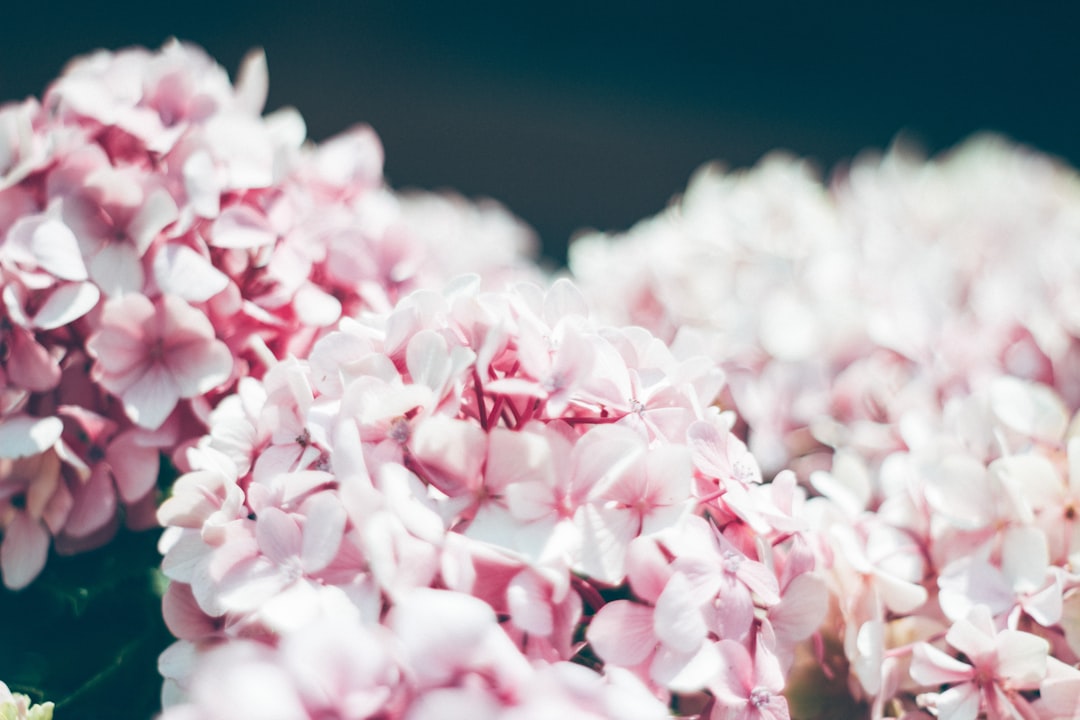Planting flowers is both an art and a science. While it may seem as simple as digging a hole and dropping in a seed or plant, ensuring vibrant, healthy blooms requires careful attention to spacing, depth, and timing. These factors influence how well your flowers grow, how they interact with each other, and how long they thrive in your garden.
Here’s a guide to mastering these essential elements and creating a garden that’s both beautiful and bountiful.
1. Spacing: Giving Your Flowers Room to Thrive
Proper spacing is crucial for the health of your flowers. Crowding plants can lead to competition for nutrients, water, and sunlight, while overly wide spacing may leave your garden looking sparse.
Why Spacing Matters
-
Health: Adequate spacing prevents overcrowding, reducing the risk of diseases caused by poor air circulation.
-
Growth: Proper spacing ensures that each plant has enough room for its roots and foliage to expand.
-
Aesthetics: A well-spaced garden looks balanced and visually appealing.
How to Determine Spacing
-
Check the Labels: Seed packets and plant tags usually specify the recommended spacing for each flower type.
-
Consider Mature Size: Research the mature height and spread of the plants to avoid future crowding.
-
Group by Type: Cluster plants with similar spacing needs together for a cohesive design.
Spacing Tips
-
For small flowers like marigolds or petunias, 6–12 inches apart is often sufficient.
-
For larger flowers like sunflowers or dahlias, 18–36 inches is usually ideal.
-
In containers, use a “thriller, filler, spiller” approach: a tall plant in the center, medium-height plants around it, and trailing plants at the edges.
2. Depth: Planting for Strong Roots and Healthy Growth
Planting flowers at the right depth ensures they develop strong root systems and grow properly. Too shallow, and the roots may dry out; too deep, and the plant might struggle to emerge.
Why Depth Matters
-
Seed Germination: Seeds planted at the wrong depth may fail to sprout.
-
Stability: Proper depth anchors the plant, protecting it from wind or erosion.
-
Root Development: Correct depth encourages robust root growth, leading to healthier plants.
How to Determine Depth
-
Seeds: A general rule is to plant seeds at a depth of 2–3 times their diameter. For tiny seeds like snapdragons, simply press them lightly into the soil without covering them completely.
-
Transplants: Match the depth to the soil line of the plant's container. Avoid burying the stem or leaving the root ball exposed.
-
Bulbs: Plant bulbs 2–3 times as deep as their height, with the pointed end facing upward.
3. Timing: Planting at the Right Moment
Planting flowers at the right time maximizes their chances of thriving. Factors like temperature, frost dates, and growing seasons all play a role in determining the best planting time.
Why Timing Matters
-
Seasonal Growth: Flowers planted too early or late may not bloom due to inappropriate weather conditions.
-
Frost Protection: Planting too early in spring or too late in fall can expose flowers to frost damage.
-
Pollinator Activity: Aligning bloom times with the activity of local pollinators enhances garden biodiversity.
How to Determine Timing
-
Annuals: Plant after the last frost date in your area for spring bloomers. For fall-blooming annuals, sow seeds in late summer.
-
Perennials: Plant in early spring or fall when temperatures are cooler, giving roots time to establish before extreme heat or cold.
-
Bulbs: Spring-flowering bulbs like tulips are best planted in the fall, while summer bloomers like lilies are planted in spring.
Timing Tips
-
Use a garden calendar to track frost dates and ideal planting windows.
-
If starting seeds indoors, begin 6–8 weeks before the last frost date.
-
Monitor soil temperature with a thermometer; most flowers germinate best in soil between 60–75°F.
Additional Tips for Planting Success
-
Prepare the Soil: Enrich your garden beds with compost or organic matter for nutrient-rich, well-draining soil.
-
Watering: Water plants immediately after planting to help settle the soil and encourage root contact. Keep soil moist but not waterlogged.
-
Mulch: Apply a layer of mulch around plants to retain moisture, regulate temperature, and suppress weeds.
-
Consider Companion Planting: Pair flowers that complement each other in terms of light, water, and nutrient needs. For instance, marigolds deter pests and can be planted alongside many vegetables and flowers.
-
Label Your Plantings: Use markers or a garden map to keep track of what you’ve planted and where.
Common Mistakes to Avoid
-
Overcrowding: Planting too many flowers in a small space can lead to competition and disease.
-
Ignoring Sun Requirements: Placing sun-loving flowers in shade (or vice versa) leads to poor growth.
-
Skipping Hardening Off: If starting seeds indoors, harden off plants gradually before transplanting to avoid shock.
-
Planting in Poor Soil: Neglecting soil preparation results in weak plants and fewer blooms.
Final Thoughts
Planting flowers correctly is key to creating a thriving, beautiful garden. By paying attention to spacing, depth, and timing, you set the foundation for a garden that blooms brightly and stands the test of time.
Whether you’re growing sunflowers that reach for the sky or delicate violets that hug the ground, a little planning and care go a long way in ensuring your flowers flourish. So grab your gloves and trowel, and start planting with confidence—you’re on your way to a spectacular garden! 🌸
What are your favorite flowers to plant? Share your gardening experiences in the comments below!

Comments
No comments yet. Be the first to comment!
You must be logged in to comment. Login